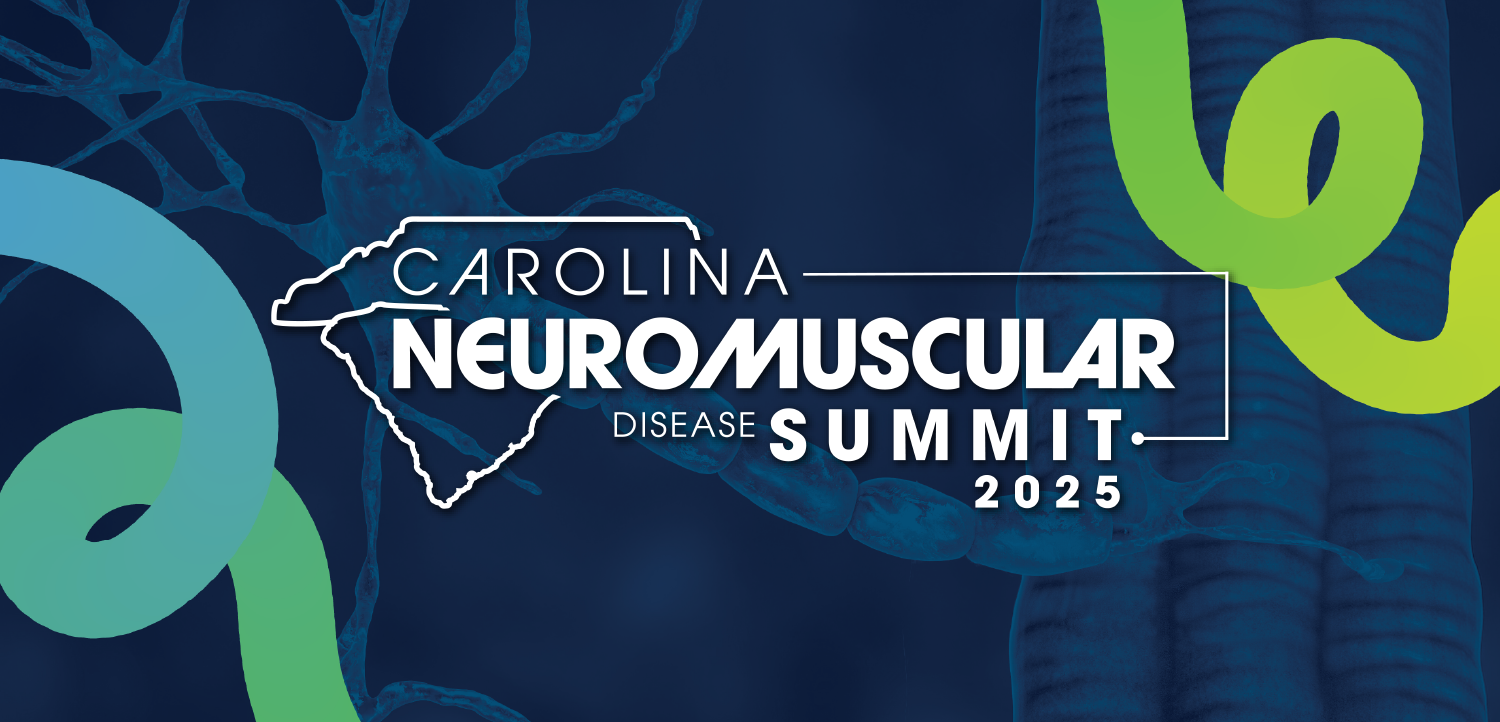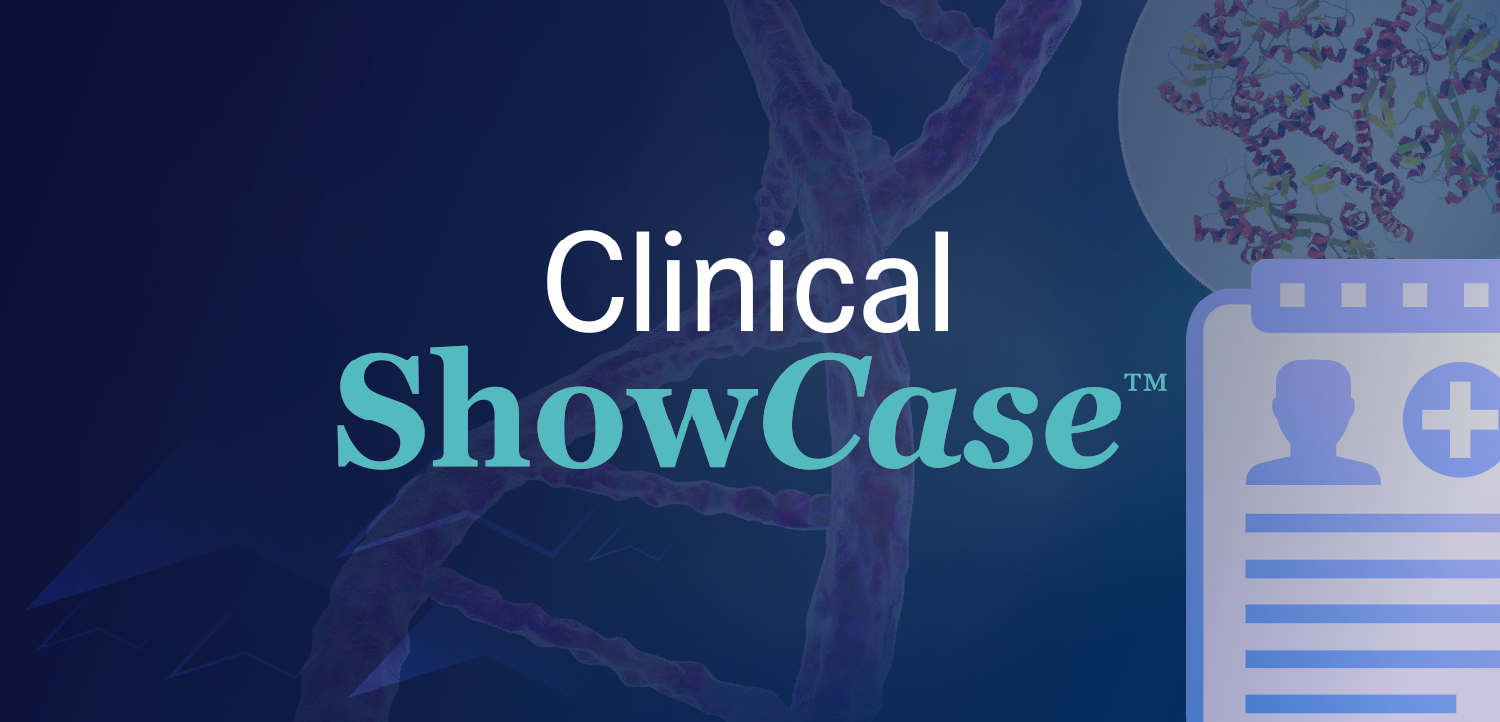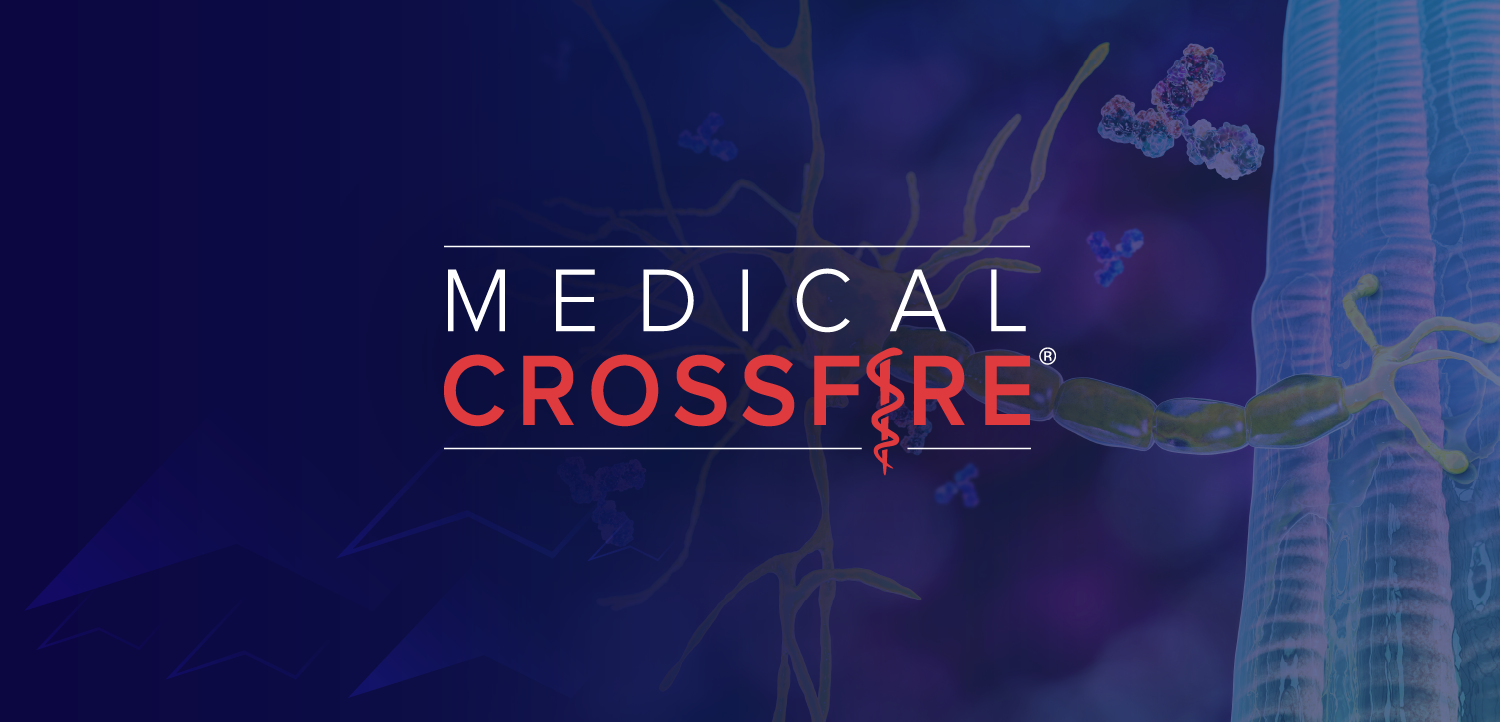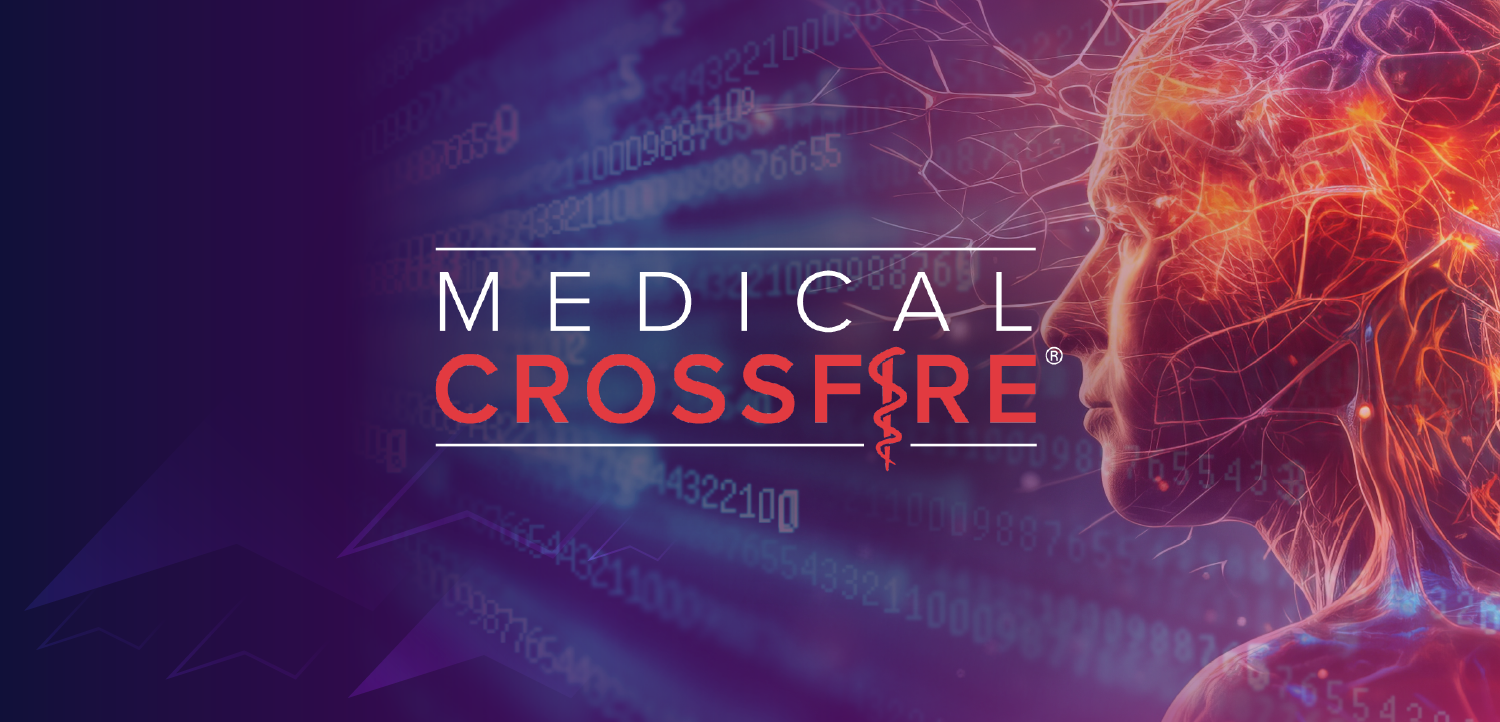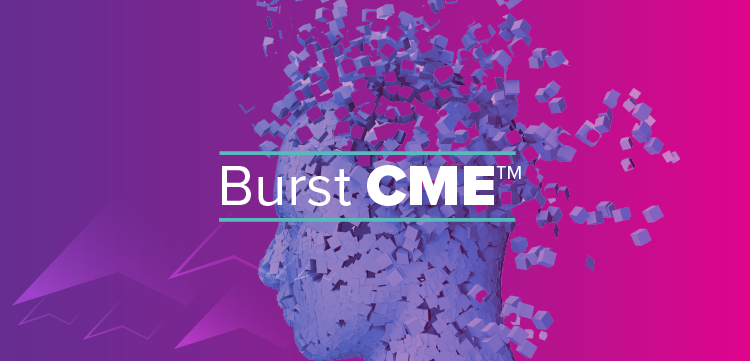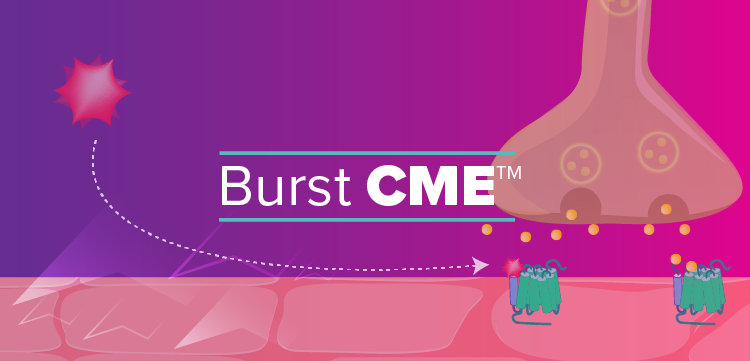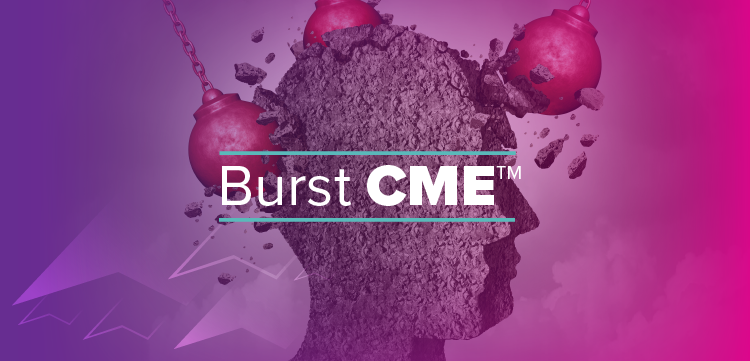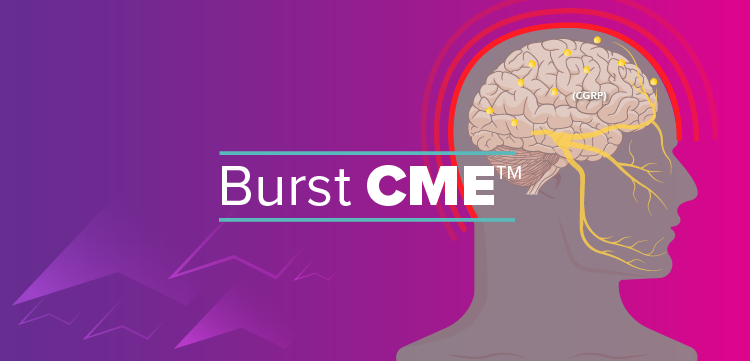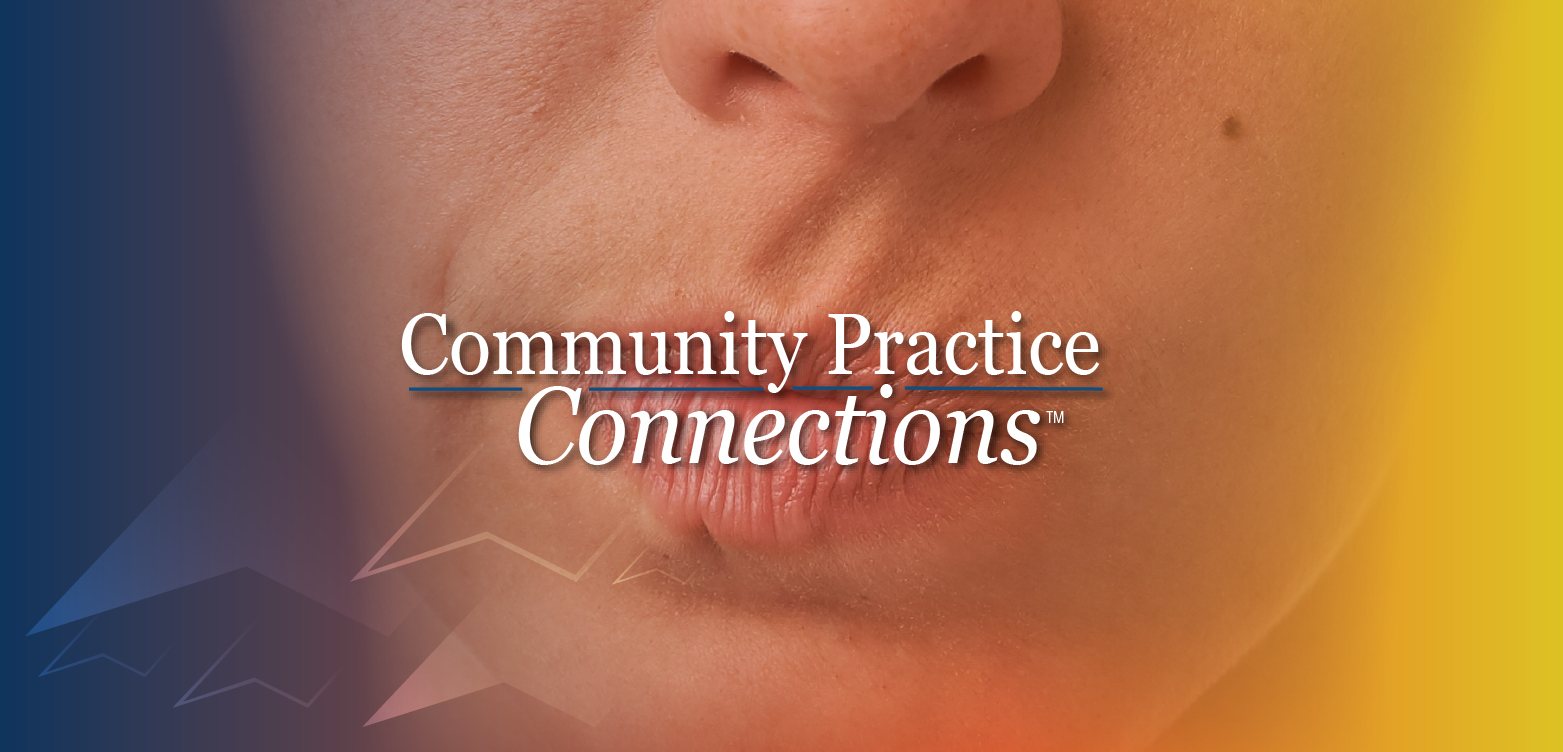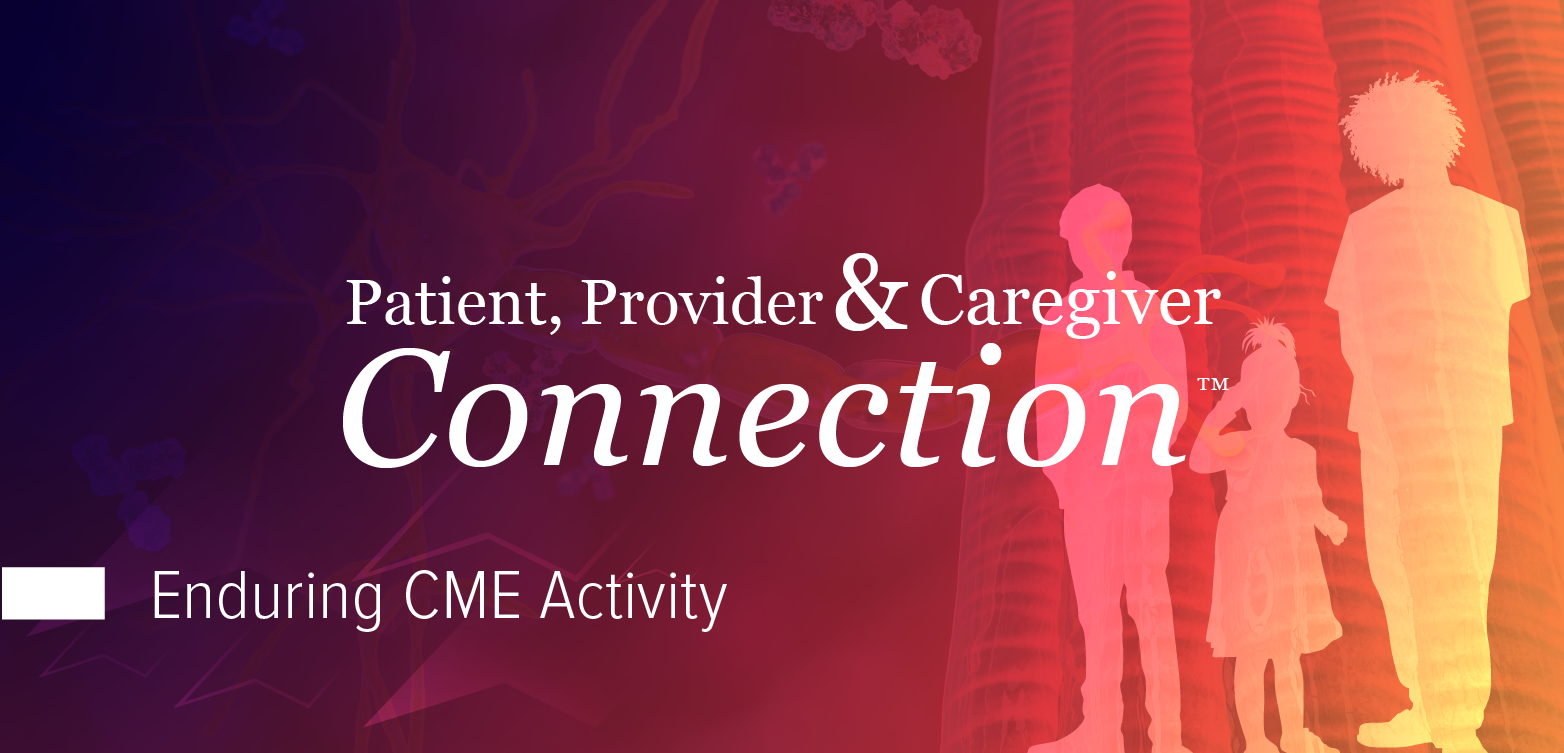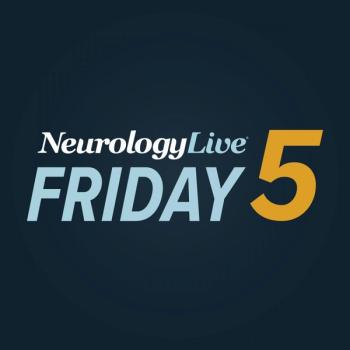
Grace Therapeutics Submits NDA for GTX-104 to Treat Aneurysmal Subarachnoid Hemorrhage
Grace Therapeutics submits NDA for GTx-104, a promising IV treatment for aSAH, aiming to revolutionize patient care and improve outcomes.
According to a new announcement, Grace Therapeutics has officially submitted a new drug application (NDA) for its investigational agent GTx-104, an injectable formulation of nimodipine, as a potential treatment for patients with aneurysmal subarchnoid hemorrhage (aSAH).1
GTx-104, considered a more convenient treatment, is delivered via intravenous (IV) administration, potentially eliminating the need for nasogastric tube administration in unconscious or dysphagic patients. The agent, which most notably showed promise in a phase 3 study, has potential to lower food effects, drug-to-drug interactions, and eliminate potential dosing errors, according to Grace. In addition, the company believes this therapy may perform better to manage hypotension in patients with aSAH.
"The submission of our NDA for GTx-104 for the treatment of aSAH is a significant milestone for Grace Therapeutics, built on more than a decade of painstaking research and innovation," Prashant Kohli, chief executive officer at Grace, said in a statement.1 "Our NDA is supported by a robust data package including positive results from our STRIVE-ON trial, which provide support for improved clinical outcomes in aSAH patients and both medical and pharmacoeconomic evidence of the potential benefit of GTx-104 in the treatment of aSAH."
As Kohli alluded to, the application was supported by findings from the phase 3 STRIVE-ON study (NCT05995405), a prospective, randomized, open-label study comparing GTx-104 to oral nimodipine in patients hospitalized with aSAH. The trial, which featured 50 patients on GTx-104 and 52 on oral nimodipine, met its primary end point, with a 19% reduction of at least 1 incidence of clinically significant hypotension observed in the GTx-104 group relative to oral nimodipine.2
In STRIVE-ON, each patient was evaluated for up to 90 days inclusive of the 21-day treatment period. At the conclusion of the study, results showed a higher proportion fo the most severe cases of aSAH (Hunt & Hess Grade V) with the worst prognosis in the GTx-104 arm (8%) compared with the oral nimodipine arm (2%). More notably, those on GTx-104 experienced fewer intensive care unit readmissions, ICU days, and ventilator days compared with oral nimodipine.
There were several other measures in STRIVE-ON that favored or were comparable to GTx-104. This included relative dose intensity, where 54% of GTx-104-treated patients had RDIs of 95% or higher of the prescribed dose compared with 8% of those on oral nimodipine. In addition, investigators recorded a 29% relative increase in the number of patients receiving GTx-104 with favorable outcomes at 90 days follow-up on the modified Rankin scale.
READ MORE:
Kohli added, "The standard of care for aSAH has not seen meaningful innovation in nearly 40 years, and we believe these results point to a very promising role for GTx-104 as a potential breakthrough for the care of aSAH patients. We look forward to engaging with the FDA during the review process.”1
Safety data from STRIVE-ON showed a comparable number of adverse events (AEs) between the two arms, as well as no new safety signals for GTx-104. Of note, there were 8 deaths in the GTx-104 arm and 4 deaths in the oral nimodipine arm; however, all were attributed to the severity of the patient’s underlying disease. None of the deaths were determined to be related to the investigational drug or the comparator.
GTx-104 was also previously studied in a single-center, pharmacokinetic bridging trial. In this two-period crossover study, 58 patients received IV GTx-104 followed by oral nimodipine, or vice versa, over a 72-hour period. The primary PK endpoint—maximum concentration (Cmax) during the first four hours on day 1—was 92% (90% CI, 82–104), while the area under the curve (AUC), reflecting total drug exposure by day 3, was 106% (90% CI, 99–114).3
The secondary endpoint, Cmax measured over 24 hours on day 3, reached 92% (90% CI, 85–101). Collectively, these findings indicate no statistically significant difference in either peak or total exposure between IV GTX-104 and oral nimodipine across the defined time points, supporting the potential for IV GTX-104 to serve as a viable alternative in clinical settings where oral administration is challenging.
REFERENCES
1. Grace Therapeutics Announces Submission of New Drug Application to U.S. Food and Drug Administration for GTx-104. News release. June 25, 2025. Accessed June 25, 2025. https://www.globenewswire.com/news-release/2025/06/25/3105015/0/en/Grace-Therapeutics-Announces-Submission-of-New-Drug-Application-to-U-S-Food-and-Drug-Administration-for-GTx-104.html
2. Grace Therapeutics Announces Results From Pivotal Phase 3 STRIVE-ON Safety Trial of GTx-104 in aSAH. News release. Grace Therapeutics. February 10, 2025. Accessed June 25, 2025. https://www.gracetx.com/investors/news-events/press-releases/detail/282/grace-therapeutics-announces-results-from-pivotal-phase-3-strive-on-safety-trial-of-gtx-104-in-asah
3. Acasti Pharma announces positive results for pharmacokinetic bridging study, with intravenous GTX-104 meeting all endpoints. News release. Acasti Pharma. May 18, 2022. Accessed June 25, 2025. https://www.globenewswire.com/en/news-release/2022/05/18/2445894/0/en/Acasti-Pharma-Announces-Positive-Results-for-Pharmacokinetic-Bridging-Study-With-Intravenous-GTX-104-Meeting-All-Endpoints.html
Newsletter
Keep your finger on the pulse of neurology—subscribe to NeurologyLive for expert interviews, new data, and breakthrough treatment updates.





